(Original title: Makers in the virtual world: robots, rubies, and 3D models) As we all know, in the field of automotive design and manufacturing, the use of computers, robots, and 3D printing technologies is becoming more and more popular. Ford Motor Company even established an immersive virtual reality laboratory where designers put on headphones to visually design the interior and exterior of future cars. Although advanced technology brings many innovations to automobile manufacturing, traditional manual operation and measurement methods are still very important. At Ford's Nanjing Engineering Research and Development Center, engineers at the White Body Precision Matching (PCF) Lab turned a virtual model of computer-aided design (CAD) into a reality - sheet metal parts stamped and punched from design drawings were sent here. Accurate measurements and comparisons were performed one by one, and then they carefully assembled these sheet metal parts like building blocks to form a complete body to verify the effect of part deviation on the overall body dimensional accuracy. “Making cars is like playing 3D puzzles. Every component is very important, regardless of its size. In the virtual world, there is absolute perfection. In reality, our job is to make physical objects restore the virtual world as much as possible. The model," said Eric Hotlders, Ford Motors Asia Pacific White Body Quality (PCF) director, said, "It takes a long time to build a white body by hand, but this work is the basis for industrial assembly line assembly." There are an average of about 700 sheet metal parts per car and they may come from different suppliers. Engineers should measure these parts one by one, and manually build a white body to verify that each part is not only accurate in size, but also that the matching between parts and parts can be nearly perfect, so as to accurately realize the virtual design model. This is a very time-consuming and labor-intensive process, but it is extremely important to ensure the quality of the product. PCF engineers through the actual measurement and comparison with the design drawings, to find the cause of the error, the supplier of the parts of the mold to be modified accordingly. The engineer then repeats this process again to verify that the entire body of white has achieved the required accuracy, thereby avoiding possible dimensional accuracy problems with mass production of the body on the production line. Ruby Probe Robot Although most of the work in the PCF lab is done manually by engineers, it is also possible with the help of automated instruments, including the high-precision robot they call Ruby. It is actually a coordinate measuring machine. The name Ruby comes from the ruby ​​probe on the top of the arm of the measuring instrument. The engineer selects nearly a thousand measuring points on the CAD model and edits the measurement program into the computer. Ruby will automatically find these measurement points on the actual body according to the program, and contact with the surface of the white body through the probe to record in a “light point†manner. The actual coordinate value of this point is compared with the theoretical data in the CAD model and the error value is recorded. The coordinate measuring instrument measures up to 0.03 mm. A finely polished ruby ​​on the probe does not expand or contract with changes in ambient conditions such as temperature and humidity, ensuring accurate measurement. Childers, a senior white-body manufacturing engineer, said: “We make, measure, remanufacture, and then measure, until the deviation is almost zero. Ruby's 'wisdom' can bring huge benefits to the plant, it ensures the assembly line. The used parts are highly consistent with the design model and can produce high-quality bodywork." Pursuit of high precision The PCF laboratory of the Nanjing Engineering Research and Development Center of Ford Motor Co., Ltd. is also equipped with a number of 3D Blu-ray scanners that can take 3D pictures of every part of the car and even the entire body in white. These pictures are imported into the computer and compared with the virtual model. Each error is Can be represented by different colors, so you can find the source and size of the error very intuitively. Excessive errors can affect the appearance of the car body, the use of components such as door seals, and can also cause more noise and vibration. In order to provide consumers with a more comfortable driving experience, every detail cannot be overlooked. "We will evaluate each part individually, then assemble it into a car and then make an overall measurement assessment," Childers said. "Just like playing a sophisticated 3D puzzle, we assemble them in the right order and build them together to create a superior and beautiful vehicle for our customers." Qi Charger,Wireless Charger,Wireless Phone Charger,Wireless Charging Station wzc , https://www.dg-wzc.com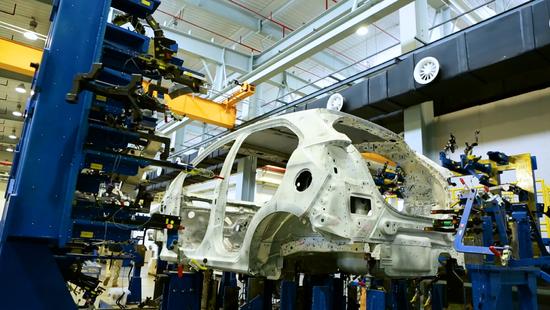
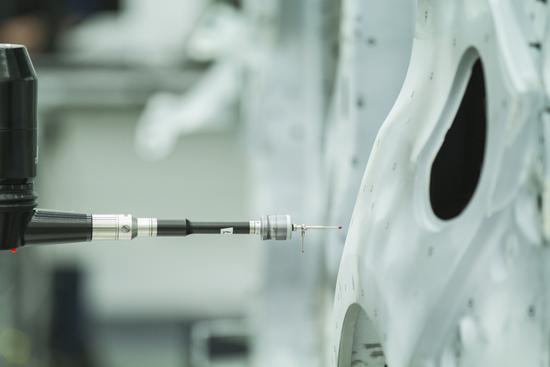
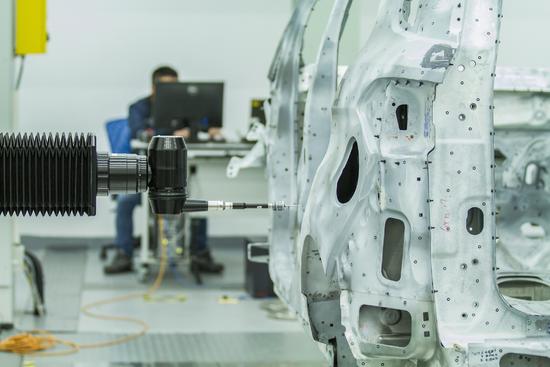
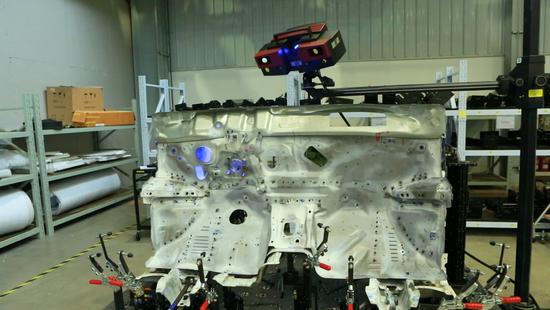
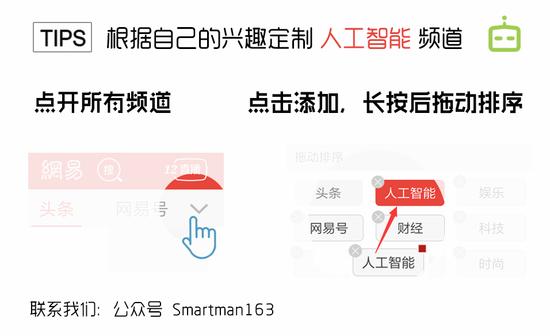 燑br>
燑br>